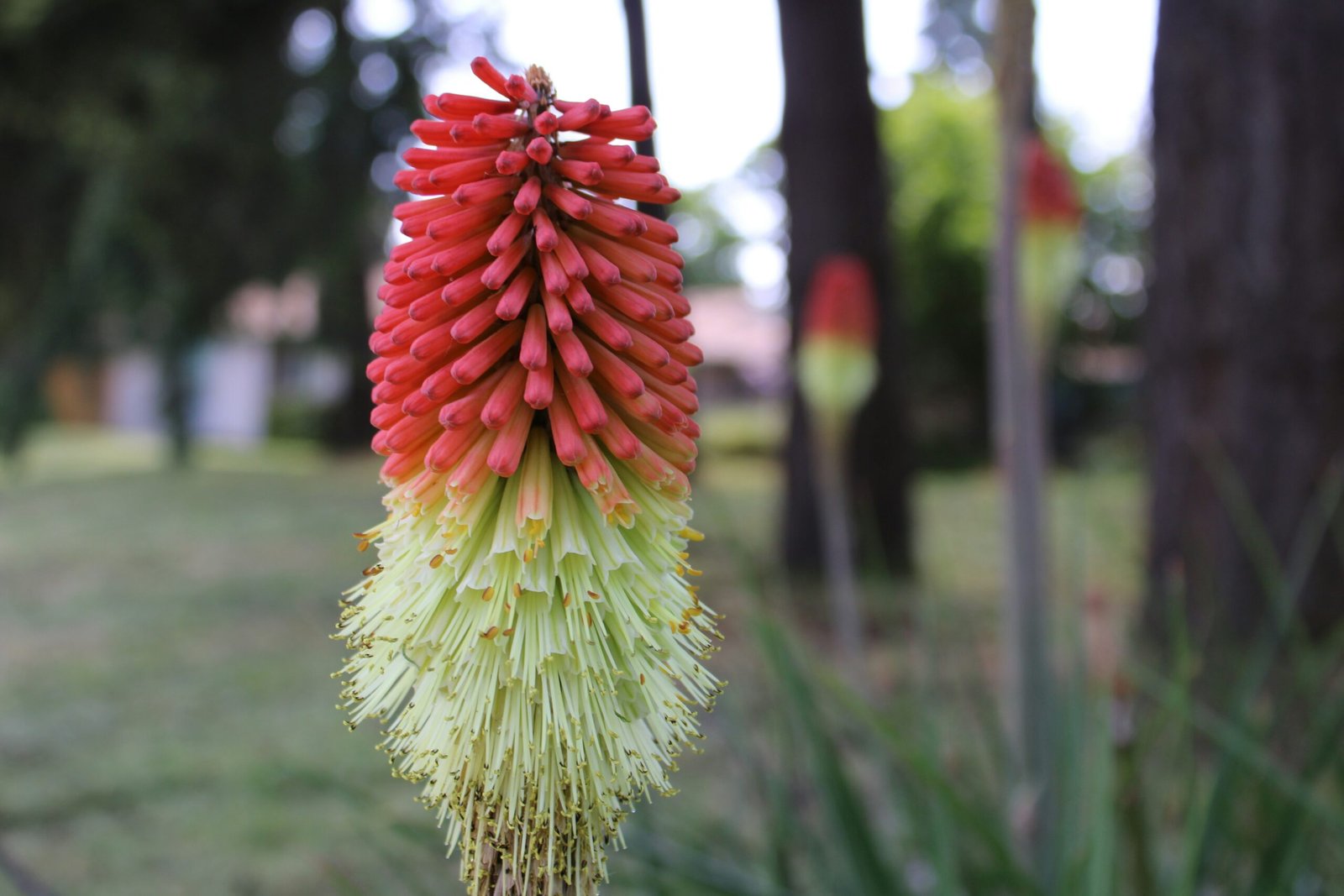
Introduction to Foxglove (Digitalis Purpurea)
Foxglove, scientifically known as Digitalis purpurea, is an enchanting addition to any garden with its tall spires of tubular flowers. These blooms come in various shades, typically ranging from purples and pinks to pristine whites, offering striking vertical interest in garden designs.
Why Choose Foxglove for Your Garden?
If you’re seeking to add height and vibrant color to your garden beds, foxglove is an ideal choice. As biennials, foxgloves grow foliage in the first year and produce flowers in the second year. They can reach impressive heights, with some varieties growing up to six feet tall. This makes them perfect for creating a focal point or filling in the background of a garden landscape.
Growing and Caring for Foxglove
Growing foxglove is relatively simple, and these flowers are known for their resilience. They thrive best in well-drained soil with a good amount of organic matter. While they prefer full sun to partial shade, ensuring they have sufficient moisture, especially during dry spells, is crucial. Here are some quick tips:
- Site Selection: Choose a spot that gets morning sun and afternoon shade.
- Soil Preparation: Ensure the soil has good drainage and add compost to enrich it.
- Watering: Water the plants regularly but avoid waterlogging.
- Spacing: Plant them about 1 to 2 feet apart to allow good air circulation.
Using Foxglove in Garden Design
Foxglove’s vertical growth makes it an excellent choice for adding architectural elements to your garden. You can plant them along borders, in cottage gardens, or as part of a wildflower meadow. Their striking flowers attract pollinators like bees and hummingbirds, contributing to a healthy garden ecosystem.
In summary, foxglove (Digitalis purpurea) is not only a beautiful plant for creating visual interest but also an easy-to-grow option for both novice and seasoned gardeners. Its tall spires of colorful, tubular flowers can transform any garden into a picturesque landscape.

Great content! Super high-quality! Keep it up!
Thank you for visiting, am glad you appreciate the content, hope you were able to utilize some of the information.